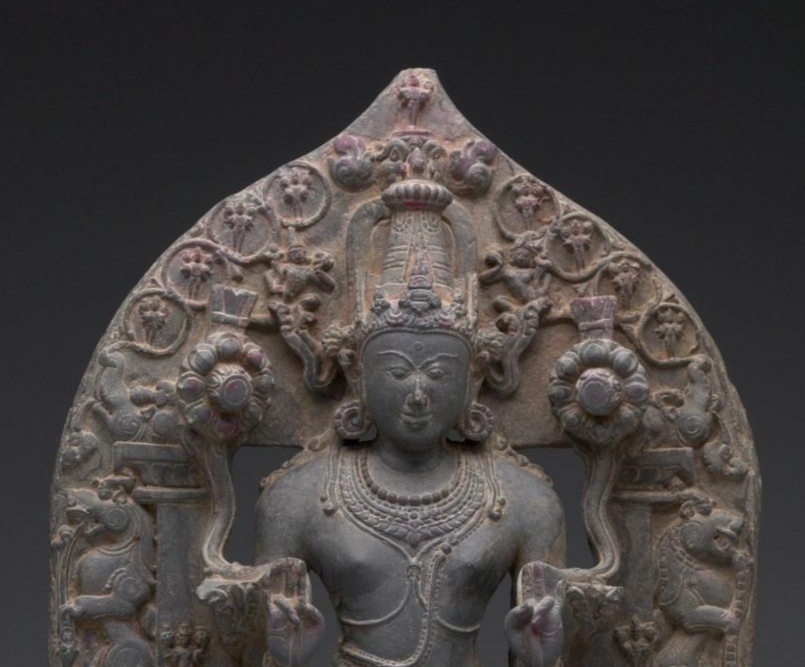|
Adityas
In Hinduism, Adityas ( sa, आदित्य, Āditya, of Aditi, ), refers to the offspring of Aditi, the goddess representing the infinity. The name ''Aditya'', in the singular, is taken to refer to the sun god Surya. Generally, Adityas are twelve in number and consists of Vivasvan, Aryaman, Tvashta, Savitr, Bhaga, Dhata, Mitra, Varuna, Amsa, Pushan, Indra and Vishnu (in the form of Vamana). They appear in the ''Rig Veda'', where there are 6–8 in number, all male. The number increases to 12 in the ''Brahmanas''. The Mahabharata and the ''Puranas'' mention the sage Kashyapa as their father. In each month of the year a different Aditya is said to shine. Sun worship Characterisation The Aditya have been described in the Rig Veda as bright and pure as streams of water, free from all guile and falsehood, blameless, perfect. This class of deities has been seen as upholding the movables and immovable Dharma. Adityas are beneficent gods who act as protectors of ... [...More Info...] [...Related Items...] OR: [Wikipedia] [Google] [Baidu] |
Bhaga
''Bhaga'' is the Vedic god of wealth, as well as a term for "lord, patron" and "wealth, prosperity". He is an Āditya, a group of societal deities who are the sons of Aditi. Bhaga's responsibility was to make sure that people received a share of the goods in life. He is associated with his brother, Aryaman, regarding the expectation of a successful marriage. In the Rigveda Samhita, Bhaga is invoked and praised as the "sustainer of the world", "giver of wealth", "chief leader of rites", and "possessor of opulence". He is asked to bestow upon his adherents cattle and horses, male issue, felicity, and riches. The cognate term in Avestan and Old Persian is ', of uncertain meaning but used in a sense in which "lord, patron, sharer/distributor of good fortune" might also apply. The cognate in Slavic languages is the root bogъ. The semantics is similar to English ''lord'' (from '' hlaford'' "bread-warden"), the idea being that it is part of the function of a chieftain or leader t ... [...More Info...] [...Related Items...] OR: [Wikipedia] [Google] [Baidu] |
